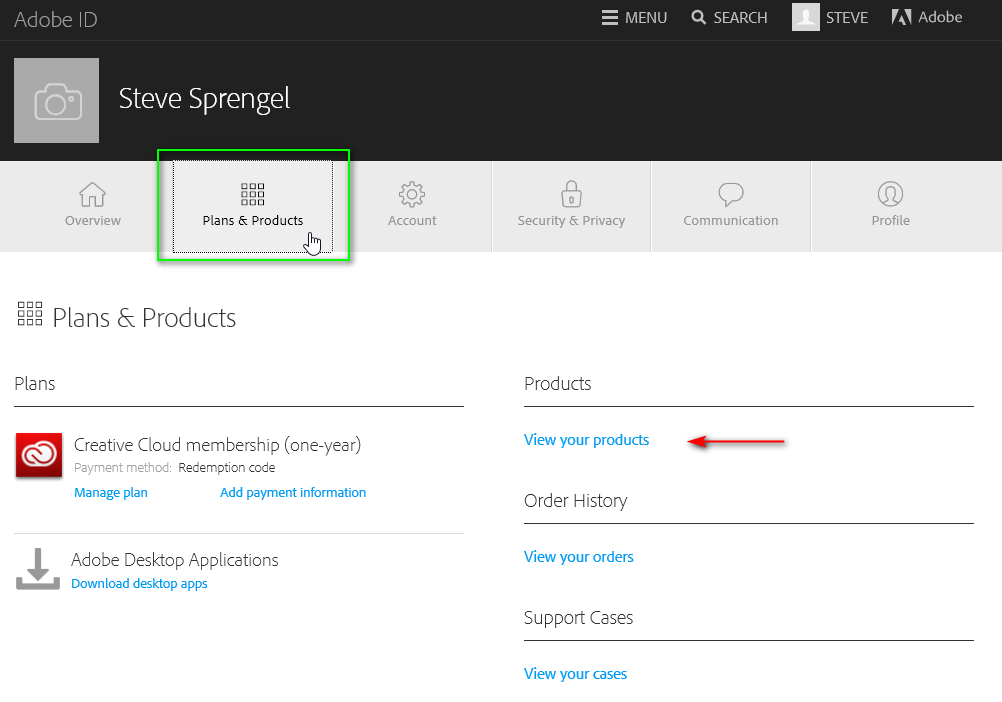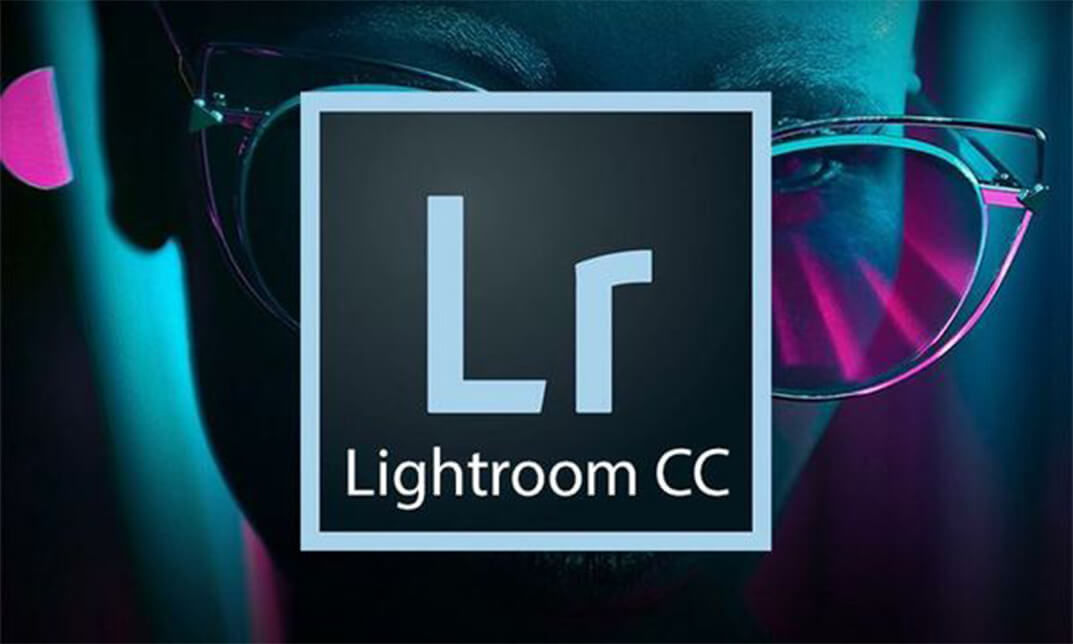

- #ADOBE LIGHTROOM 6.9 ONLY HOW TO#
- #ADOBE LIGHTROOM 6.9 ONLY ANDROID#
- #ADOBE LIGHTROOM 6.9 ONLY TV#
At this point, you can unplug the connected camera. The Copy to Lightroom dialog displays the progress and notifies you when the copying process is complete.
#ADOBE LIGHTROOM 6.9 ONLY ANDROID#
Lightroom for mobile begins copying the Originals (original image files) from the plugged in camera to your Android device. By default, Lightroom Photos Collection is selected. In the Lightroom Import screen that appears, choose a Collection from your existing Lightroom Collections in which you want to import the selected photos or create a new Collection. In the import interface, select photos that you want to import into Lightroom for mobile.Tap Add Photos at the bottom of the screen. 
The name of the camera is displayed at the top.
The import interface of Lightroom for mobile now displays the thumbnails of all images from the plugged in camera. In the app picker on your Android device, choose the Lightroom app for the connected USB device. In the Notification bar of your Android device, tap the USB connection notification that appears after connecting your camera. Connect your Android mobile device with the DSLR camera using a supported USB OTG cable. Here are the broad steps to import photos from a plugged in camera: Therefore, it takes some time for your HDR image to appear in the Lightroom photos view or the view grid after capturing the shot. The generated raw HDR files are large in size and require a lot of processing in the background as explained above. The resulting raw HDR file is similar to the type of file you would get when using the HDR merge functionality within Lightroom CC on your desktop.  Merges the multiple exposure images to create a 32-bit floating point DNG file - your processed raw HDR image. Auto tones the image to give you an evenly-toned merged HDR image. De-ghosts the exposure bracketed images to compensate for any moving objects like cars, people, or foliage in the captured scene. Auto aligns the exposure bracketed images to compensate for any hand movements when capturing your HDR shot. Lightroom mobile analyzes your scene to determine the appropriate spread of exposure values to capture multiple exposure-bracketed images. When you trigger the capture button in the new High Dynamic Range ( HDR) mode to capture a high-contrast scene, Lightroom for mobile automatically does all the processing in the background to create a raw HDR image: Preview, export, and upload web photo galleries. Work with web gallery templates and settings. Work with print job options and settings. Open and edit Lightroom Classic photos in Photoshop or Photoshop Elements. Export to hard drive using publish services. Correct distorted perspective in photos using Upright. Watermark your photos in Lightroom Classic. Personalize identity plates and module buttons. Display the Library on a second monitor. Set preferences for working in Lightroom Classic. Enhance your workflow with Lightroom Classic. The Filename Template Editor and Text Template Editor. Import photos from a folder on a hard drive. Import photos from a camera or card reader. Sync Lightroom Classic with Lightroom ecosystem.
Merges the multiple exposure images to create a 32-bit floating point DNG file - your processed raw HDR image. Auto tones the image to give you an evenly-toned merged HDR image. De-ghosts the exposure bracketed images to compensate for any moving objects like cars, people, or foliage in the captured scene. Auto aligns the exposure bracketed images to compensate for any hand movements when capturing your HDR shot. Lightroom mobile analyzes your scene to determine the appropriate spread of exposure values to capture multiple exposure-bracketed images. When you trigger the capture button in the new High Dynamic Range ( HDR) mode to capture a high-contrast scene, Lightroom for mobile automatically does all the processing in the background to create a raw HDR image: Preview, export, and upload web photo galleries. Work with web gallery templates and settings. Work with print job options and settings. Open and edit Lightroom Classic photos in Photoshop or Photoshop Elements. Export to hard drive using publish services. Correct distorted perspective in photos using Upright. Watermark your photos in Lightroom Classic. Personalize identity plates and module buttons. Display the Library on a second monitor. Set preferences for working in Lightroom Classic. Enhance your workflow with Lightroom Classic. The Filename Template Editor and Text Template Editor. Import photos from a folder on a hard drive. Import photos from a camera or card reader. Sync Lightroom Classic with Lightroom ecosystem. #ADOBE LIGHTROOM 6.9 ONLY TV#
Adobe Photoshop Lightroom for mobile and Apple TV | FAQ. Using Adobe Stock in Creative Cloud apps. Feature summary | Lightroom CC 2015.x/Lightroom 6.x releases. 
#ADOBE LIGHTROOM 6.9 ONLY HOW TO#
If you want to know ore more about Lightroom collections and how to organise your library you can read my tutorial on organising a Lightroom library here. It’s not just on a mobile device where you can view the synced images you can also view them in a web browser and allow others to view them to. On the left of every collection in your library there is a little tick box, if you tick it photos in that collection will be viewable on your mobile device in the Lightroom mobile app it’s that simple. Using Lightroom Mobile is by far the easiest way of getting photos onto your phone.








 0 kommentar(er)
0 kommentar(er)
